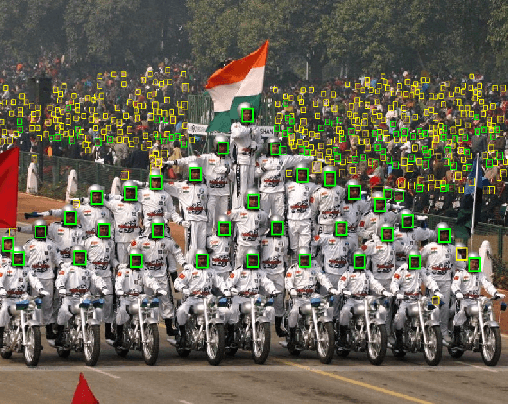Beyond Context: Exploring Semantic Similarity for Tiny Face Detection
Paper and Code
Mar 05, 2018

Tiny face detection aims to find faces with high degrees of variability in scale, resolution and occlusion in cluttered scenes. Due to the very little information available on tiny faces, it is not sufficient to detect them merely based on the information presented inside the tiny bounding boxes or their context. In this paper, we propose to exploit the semantic similarity among all predicted targets in each image to boost current face detectors. To this end, we present a novel framework to model semantic similarity as pairwise constraints within the metric learning scheme, and then refine our predictions with the semantic similarity by utilizing the graph cut techniques. Experiments conducted on three widely-used benchmark datasets have demonstrated the improvement over the-state-of-the-arts gained by applying this idea.
 Add to Chrome
Add to Chrome Add to Firefox
Add to Firefox Add to Edge
Add to Edge